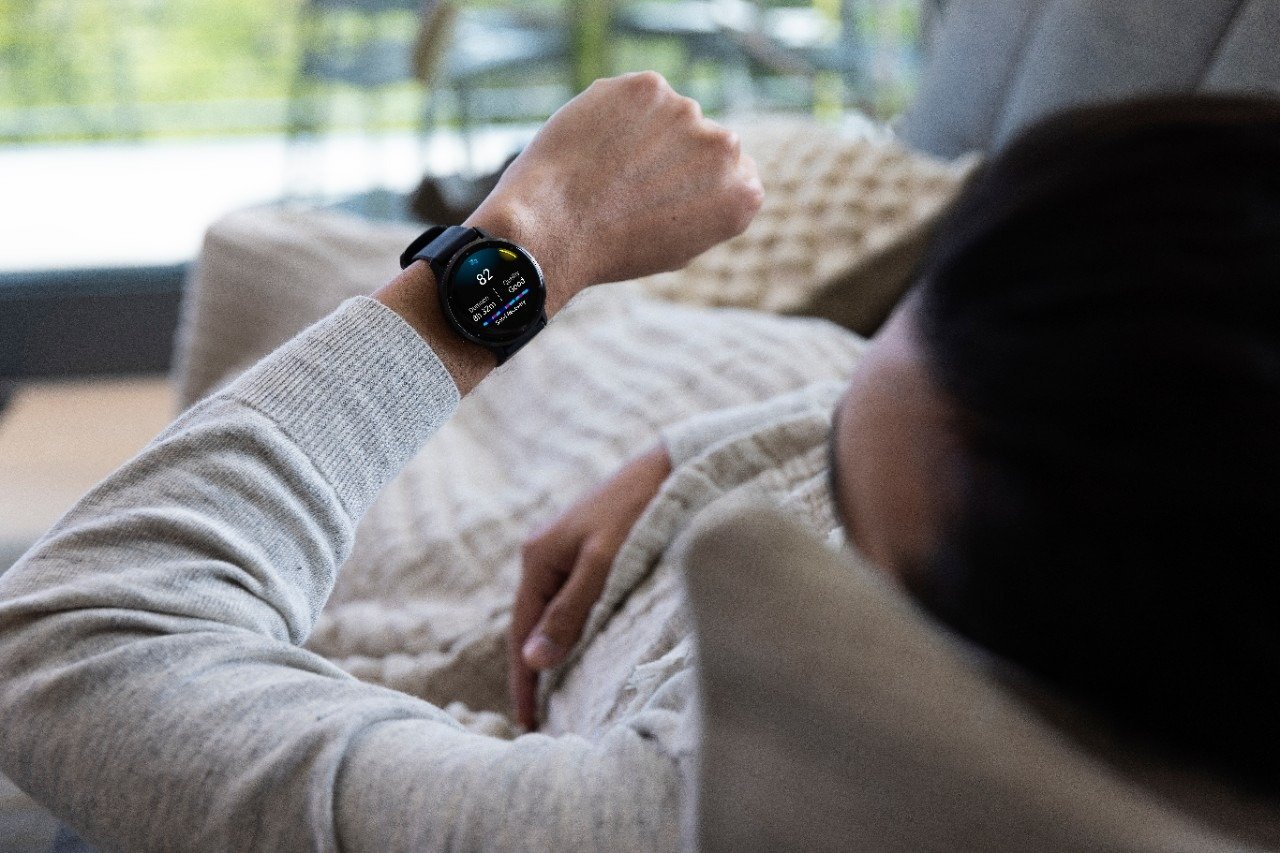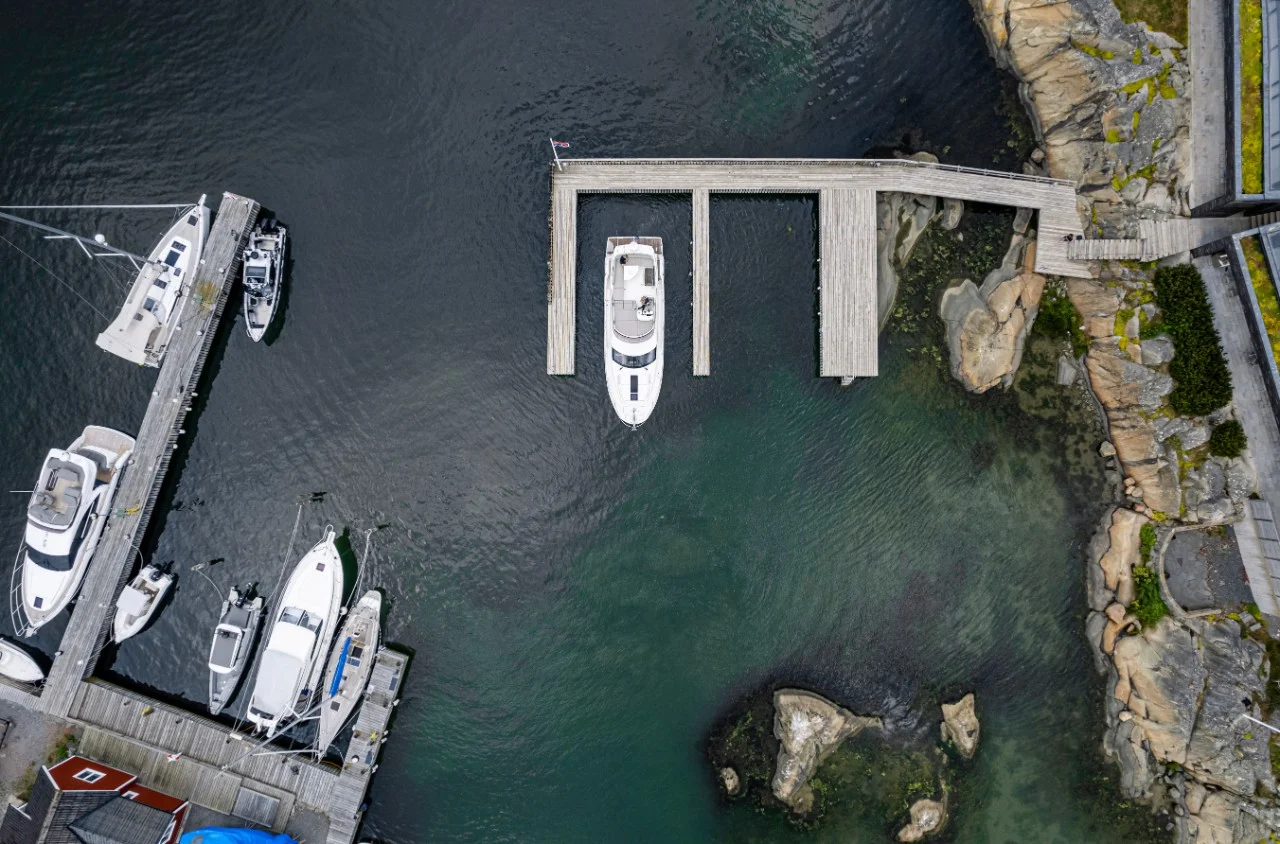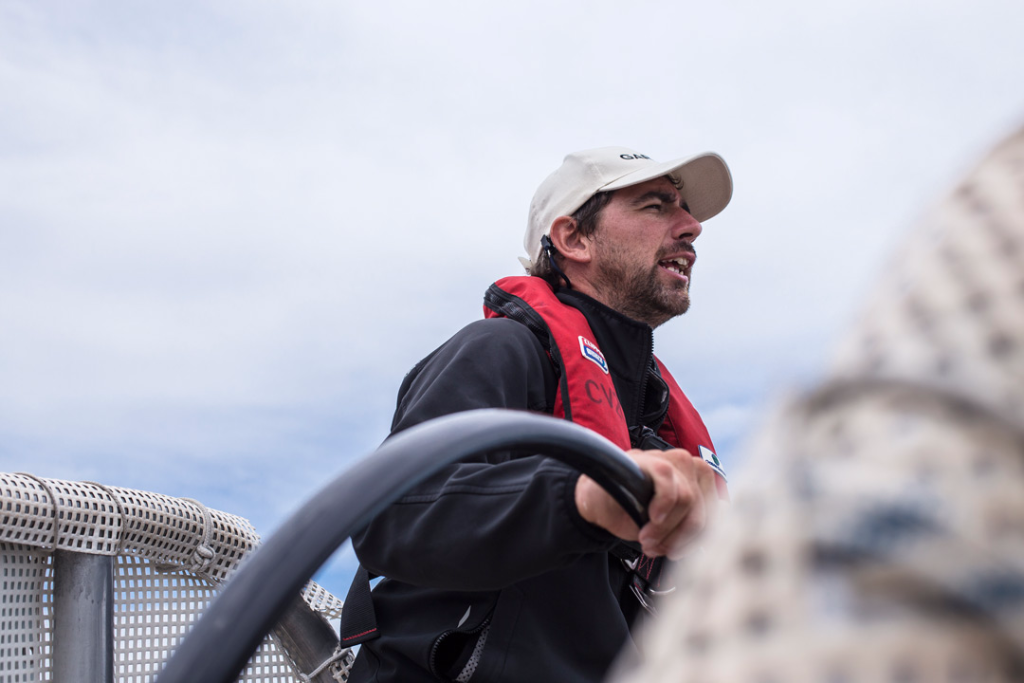
Clipper Race – Ashley Skett Guest Post
Greetings all,
Let me begin by saying what an honour it is for me and my team to be representing Garmin around the World on the Clipper 2015-16 Race. It has been a pleasure to meet and sail with Garmin representatives and clients in the Rio, Cape Town and Sydney stopovers so far and we look forward to meeting more of you in the USA and when we return to the UK. 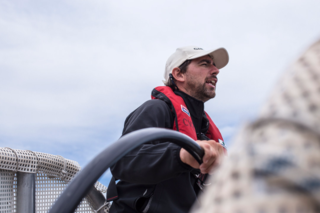 The Clipper Race consist of 12 race yachts, built in China and assembled in the UK.
The Clipper Race consist of 12 race yachts, built in China and assembled in the UK.
All of the yachts are identical and have been fully kitted out with some of the most advanced Garmin products. In the nav station we carry a Garmin GPSMAP 6012 chartplotter which displays our GMR 24 xHD radar and supplements our navigation software. We have a total of seven GMI10 displays which receive data from the Nexus wind transducer and Airmar log/depth/temp sensor. Also on board is a Garmin VHF 200i set with a deck handset and an intercom feature which is handy when I need to 'offer advice' to my team on deck from the comfort of the nav station!
We have two of the very latest Garmin mast displays, and these are probably my favourite bit of kit on board. They have very clear, large LCD displays which can be configured to display data a number of ways. The graphs are particularly useful to viewing historical wind and speed readings. The displays are also able to light up at night in any colour in the spectrum for easy viewing.
The Crew
As my crew is made up of mostly novice sailors (some had never even been on a yacht before Clipper Race training!), one of the main issues we had in the early stage of the race was a shortage of good helmsmen and women. In order to train my crew to steer to a course or wind angle, they need to be constantly monitoring the bow of the boat in relations to the horizon, as this is the best way to tell if you are steering the yacht in a straight line. In training, before we had the instruments on the mast, the guys would always have to take their eyes off the bow in order to check the instrumentation to see if they were on course.
The introduction of the mast instruments changed this completely. Now they are able to monitor the essential readings from the navigation systems while always viewing the horizon. It made a big difference and really speeded up the process of training new people on the helm.
Garmin instrumentation
One of the great features of all the Garmin instrumentation that we have on board is its user-friendly interface. The layout is simple and self- explanatory and so requires minimal training in its use. All the crew were able to work the instruments after just a few minutes of playing with them. For me personally, the ability to customise the instruments, particularly the GMI10's, is a big bonus. My preference is to view as much data as possible on one screen and this is easy to do on the Garmin displays, with a setting to show up to four readings on each display.
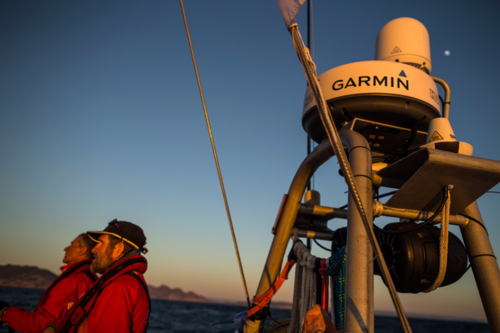
I am sitting in the nav station now, writing this and a glance over to the Garmin Plotter shows that we are currently just South of Taiwan and about to round the first waypoint of Race 8, the second of of two races on Leg 5 (Da Nang, Vietnam to Qingdao, China). We are currently in first place with a 50 nautical mile lead over the next boat, so things are looking good at the moment in our bid for a first win on the race so far.
Our results up to now have been pretty decent and we have progressively improved as the race has gone on. So far we have collected four podium finishes out of the 7 races. We have had some really tough moments and weathered many storms along the way. It's one thing to sail in such conditions and another to race in them, so I am very proud of how the team have performed and our achievements to date.
With our consistency and continued improvement, there is only one position that we are looking at as we go into each race between here and London… Garmin is going for gold!
Ash Skett


